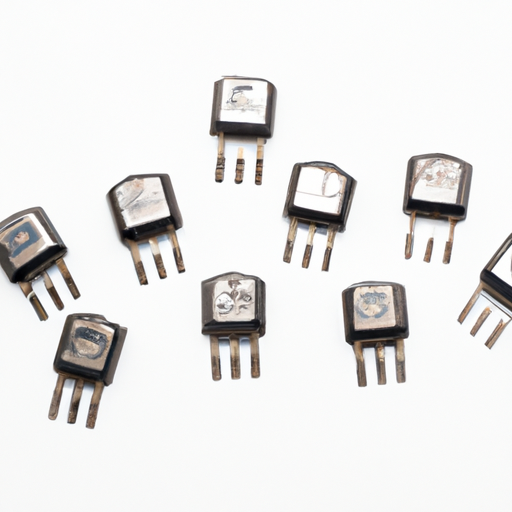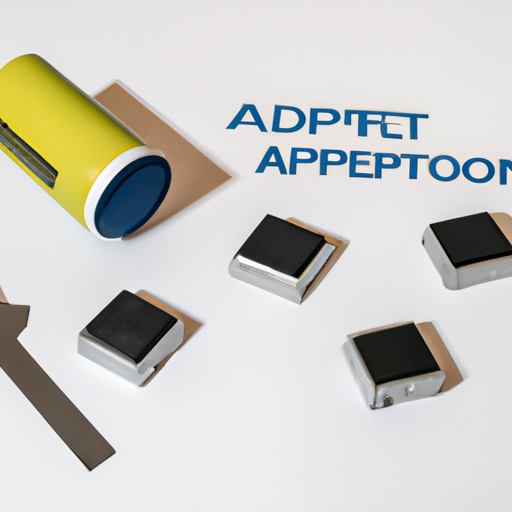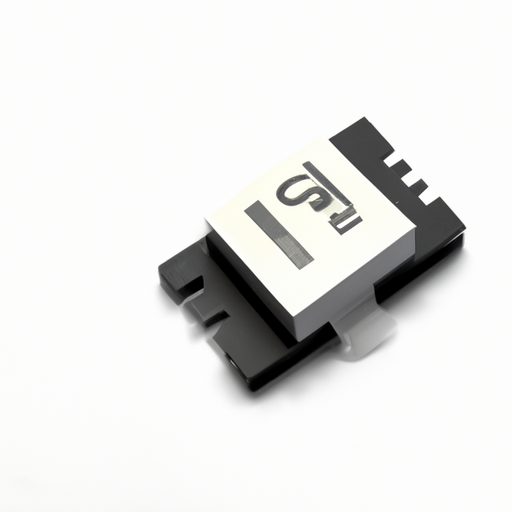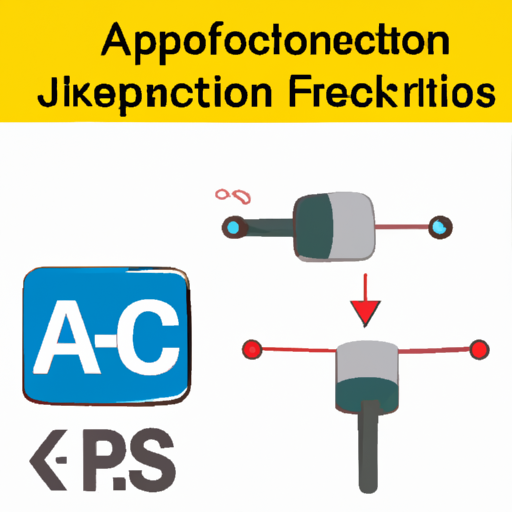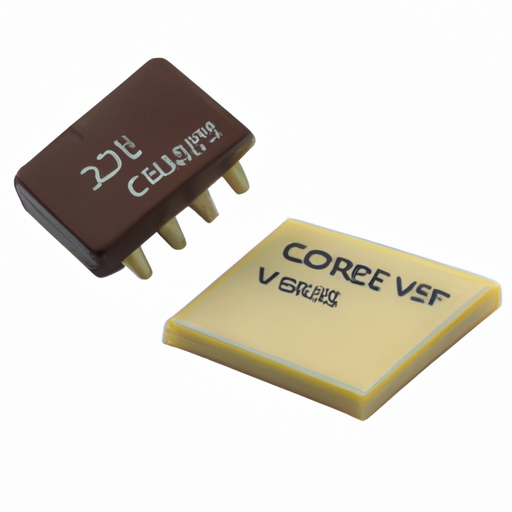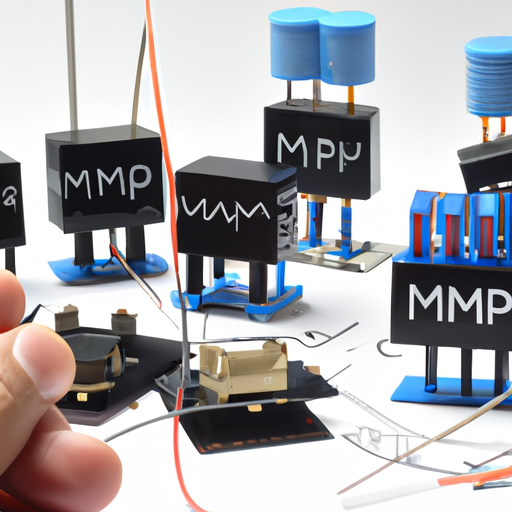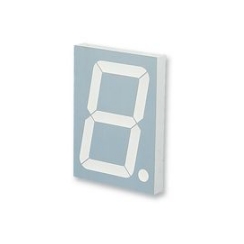CFR-25JB-52-1K2 Fixed Inductors highlighting the core functional technology articles and application development cases of Fixed Inductors that are effective.
Core Functional Technology of Fixed Inductors
1. Inductance: The inductance value, measured in henries (H), is the primary characteristic of a fixed inductor. It quantifies the inductor's ability to store energy in a magnetic field when current flows through it. The CFR-25JB-52-1K2 model typically has a specific inductance value that defines its application suitability.
2. DC Resistance (DCR): This parameter indicates the resistance encountered by direct current flowing through the inductor. A lower DCR is desirable as it reduces power losses and improves efficiency, particularly in power supply applications.
3. Saturation Current: This is the maximum current the inductor can handle before the core material reaches saturation, which can lead to a significant drop in inductance. Knowing the saturation current is essential for applications that may experience high current spikes.
4. Self-Resonant Frequency (SRF): The SRF is the frequency at which the inductor's reactance equals its resistance, causing it to behave like a capacitor. This characteristic is critical for high-frequency applications, as it defines the operational limits of the inductor.
5. Temperature Coefficient: This indicates how the inductance value changes with temperature variations. Understanding this characteristic is important for applications that operate in diverse thermal environments, ensuring consistent performance.
Applications of Fixed Inductors
1. Power Supply Filtering: Fixed inductors are integral in power supply circuits, where they filter out high-frequency noise and smooth the output voltage, thereby reducing ripple in DC power supplies.
2. Energy Storage in Switching Regulators: In buck and boost converters, fixed inductors store energy during the switching cycle and release it to the load, making them essential for efficient power conversion in various electronic devices.
3. RF Applications: In radio frequency (RF) circuits, fixed inductors are used in tuning circuits, oscillators, and filters to select or reject specific frequencies, playing a vital role in communication systems.
4. Signal Processing: Inductors are utilized in audio equipment and other signal processing applications to shape frequency response, enhancing sound quality and performance.
5. Motor Drives: In motor control applications, fixed inductors help smooth current and reduce electromagnetic interference (EMI), contributing to the efficient operation of electric motors.
Development Cases
1. Automotive Applications: Fixed inductors are employed in automotive power management systems to ensure stable power delivery to various electronic components, enhancing reliability and performance in vehicles.
2. Consumer Electronics: In devices such as smartphones and tablets, fixed inductors are used in power management integrated circuits (PMICs) to optimize battery life and improve charging efficiency, contributing to user satisfaction.
3. Telecommunications: Fixed inductors are critical in telecom infrastructure for maintaining signal integrity and managing power, ensuring reliable communication in networks.
4. Renewable Energy Systems: In solar inverters and wind turbine controllers, fixed inductors play a vital role in energy conversion and management, helping to maximize efficiency and reliability in renewable energy applications.
5. Industrial Automation: Fixed inductors are used in various industrial control systems to filter noise and ensure stable operation of sensors and actuators, which is crucial for maintaining productivity and safety in industrial environments.
Conclusion
The CFR-25JB-52-1K2 fixed inductor exemplifies the essential role of inductors in modern electronic systems. Its ability to store energy, filter signals, and manage power makes it indispensable across a wide range of applications, from consumer electronics to industrial automation. Understanding its core technologies and applications can help engineers design more efficient and reliable electronic systems. For specific articles and case studies, industry journals, manufacturer white papers, and technical resources from component suppliers would be valuable sources for further exploration.

